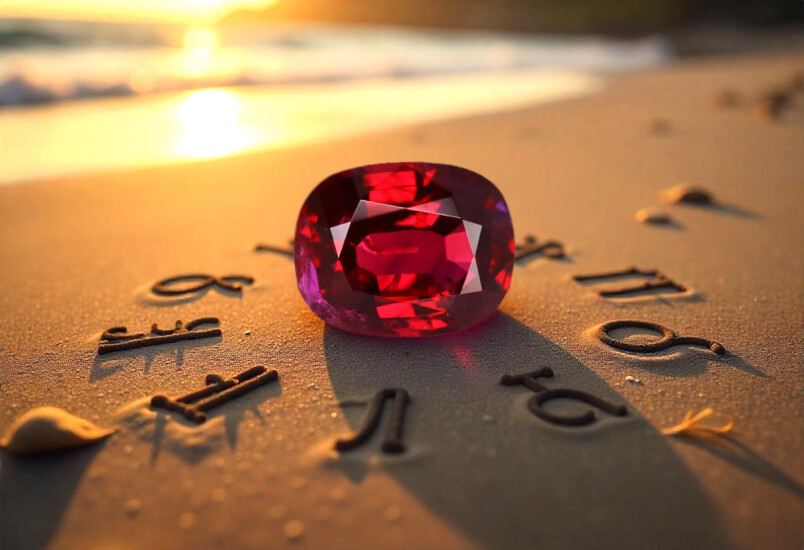Amidst the hustle and bustle of fast fashion and mainstream manufacturers, handcrafted fashion accessories are staging a fantastic comeback. One notable example is the traditional Indian jutti, which has ascended from being merely a cultural phenomenon to a bona fide, global fashion choice. At the heart of this revival is Gulbhahar, a brand that honors the legacy of handmade craftsmanship and reinvents ethnic footwear for the modern world.
The increase in global interest for handcrafted juttis is due to their blend of tradition, sustainability, and artistry. Unlike shoes that come from factories, each pair of Gulbhahar juttis is made from scratch by hand and often takes hours of embroidery, cutout work, stitching, and finishing to create. They are not merely shoes as they are wearable art with each telling the story of culture, history and artisanship. With the growing consumer awareness around slow fashion, buyers are moving toward brands such as Gulbhahar to purchase ethically made high quality footwear which demonstrate their personal style and cultural story.
One of Gulbhahar juttis most exciting features is their versatility. Although usually used with ethnic wear, Gulbhahar’s modern styles can go with western clothing very easily. Jeans, skirts, kurtas, or saris with a jutti, is pretty chic, elegant and an individual style. Additionally, juttis are also quite comfortable, are light weight and have soft soles, which make them very easy to wear all day long, whether you need them for a wedding celebration, festival or casually wearing out.
But what makes Gulbhahar stand out, besides surprising new designs, is their commitment to reviving crafts-person livelihood. Every pair supports artisans who have honed their skills over generations in a craft, essentially the art of jutti-making. In a world obsessed with machinery and production, Gulbhahar protects the hands behind the heritage. This intentional model not only supports artisans’ livelihoods but also creates an opportunity for their local communities to thrive. Customers today seek products that are rich in details and cultural significance and buying artisan juttis will fulfill these desires as well.
Although usually used with ethnic wear, Gulbhahar modern styles can go with western clothing very easily. Jeans, skirts, kurtas, or saris with a jutti, is pretty chic, elegant and an individual style. Additionally, juttis are also quite comfortable, are light weight and have soft soles, which make them very easy to wear all day long, whether you need them for a wedding celebration, festival or casually wearing out. This makes the brand fit quite nicely with the demand of Wege for more sustainable fashion including more sustainable purchase decisions, which increases the desires of shoppers to incorporate more ethical and mindful living in their purchases.
More and more shoppers want products that respect and honor the artisans who produced them; Gulbhahar offers authentic artisan made footwear.
The variety of designs made by Gulbhahar is important to their growing popularity. With the delicate metallic threads of zari work, the bold mirrors, and the bright flowers embroidered in threads, Gulbhahar has something that caters to both the minimalist designs and the maximalist aesthetics. Each release ties the old and the new, creating collections that appeal to fashion enthusiasts from India and Europe alike.
In a world where identity and originality matter more than ever, juttis offer consumers both. With brands such as Gulbhahar leading the way, this classic shoe is settling into closets around the world and finding a well-deserved space to thrive. It’s not a trend—it’s a reclamation, a celebration of culture, and a step toward a more mindful and beautiful future.
Source Url = Click Here





